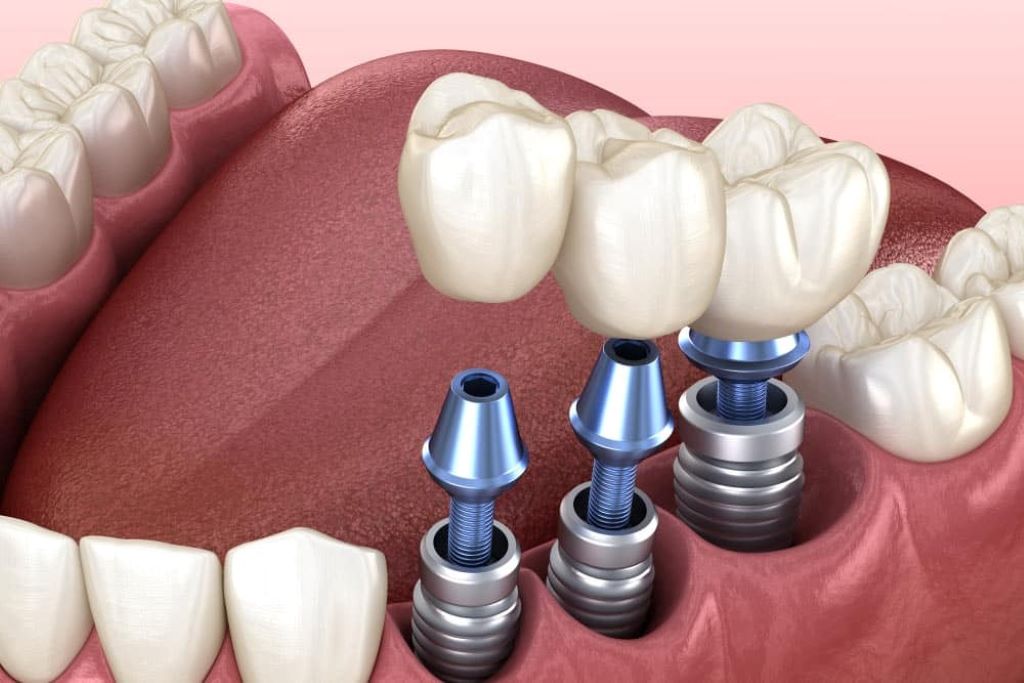Exploring the Latest Advances in Dental Implants

The field of dental implants has witnessed remarkable advancements over the past few decades, revolutionizing the way dental professionals approach tooth replacement. With the growing demand for effective, long-lasting dental solutions, researchers and clinicians have been working tirelessly to enhance the materials, techniques, and technology used in dental implants. This article delves into the latest breakthroughs that are shaping the future of dental implantology.
1. Enhanced Implant Materials
One of the most significant advancements in dental implants is the development of new materials that improve the longevity and biocompatibility of implants. Traditionally, dental implants have been made from titanium, known for its strength and ability to bond with bone. However, the introduction of zirconia implants offers a metal-free alternative that is both strong and aesthetically appealing. Zirconia implants are particularly beneficial for patients with metal allergies and those seeking a more natural-looking smile.
2. Digital Implant Dentistry
The integration of digital technology in dental implantology has streamlined the treatment planning and placement process. Advanced imaging techniques, such as cone beam computed tomography (CBCT), provide precise 3D images of a patient’s oral anatomy, allowing for accurate implant placement. Furthermore, computer-aided design and manufacturing (CAD/CAM) technology enable the production of custom prosthetics that fit perfectly with the patient’s unique dental structure.
3. Immediate Load Implants
Traditionally, dental implants required a healing period before the final prosthetic could be attached. However, new protocols for immediate load implants have reduced this waiting time significantly. Immediate load implants are designed to support a temporary prosthetic on the same day as the implant surgery, providing patients with immediate function and aesthetics. This advancement is ideal for patients seeking a quick and effective solution to tooth loss.
4. Minimally Invasive Techniques
The adoption of minimally invasive techniques has improved patient comfort and reduced recovery times. Guided implant surgery, for instance, uses digital planning to create a surgical guide that ensures precise implant placement with minimal tissue disruption. This approach not only reduces the risk of complications but also enhances the overall patient experience.
5. Improved Surface Treatments
Surface treatments of dental implants play a crucial role in osseointegration, the process by which the implant fuses with the jawbone. Recent advances in surface modification techniques, such as laser texturing and nanotechnology, have increased the surface area of implants, promoting faster and more reliable osseointegration. These innovations enhance the stability and success rate of dental implants.
For those seeking expert dental implant services in Cypress, Texas, Dental Implants Cypress offers state-of-the-art solutions tailored to meet individual needs.
Conclusion
The latest advances in dental implants are transforming the field of dentistry, offering patients more effective, aesthetic, and comfortable solutions for tooth replacement. As technology continues to evolve, the future of dental implantology looks promising, with ongoing research poised to bring even more innovative breakthroughs. Whether it’s through enhanced materials, digital technology, or minimally invasive techniques, the goal remains the same: to improve the quality of life for individuals seeking to restore their smiles.
